
Once again, the program of the last Paris Summer Festival concludes the 2024 season. A colorful Indian summer before its time.
09/01/2024
It all started with a bang, on the first day of September, with a group from the neighboring CNSMP, the famous conservatory that has produced a number of famous French musicians in recent decades.
Will today’s quintet be able to make a name for itself and win over a loyal or curious audience? We hope so, because the members of this quintet are first-rate instrumentalists, both in their ensemble sound and in their solos. Jules Regard, the band’s leader and composer, is most notable for his fluid, meaty trombone, which takes the lion’s share of the choruses. While the first composition they perform is nice and pretty, but without any great harmonic or rhythmic edges, it is played with a fine mastery of dynamics and interaction. We wait a little for the guitar solo, but Loan Buathier remains rather discreet, offering only brief interventions where we feel a clear John Scofield influence. The pianist, for his part, has a refined style, and as an introduction to the arrangement of Wayne Shorter’s “Footprints” – taken at a majestically slow tempo – he spins out delicate arpeggios before launching into a rich stop chorus. A soloist to watch. As for the rhythmic couple, they accompany everything perfectly and convincingly. This cover will show to the large audience that these young musicians know their classics. On the third track of this short set, Oscar Teruel‘s piano and the leader’s quick trombone are back, not forgetting the guitarist, who gets to show what he’s made of before the drums, with their highly polyrhythmic power, support their four acolytes in the finale. A young band already in possession of its means and whose evolution we will be happy to follow.
After the “kids” comes the venerable veteran – who, by the way, directed the CNSMP when it was founded some thirty years ago: so, we’re more or less staying in the family. It’s been a while since we’ve seen François Jeanneau on stage in Paris, it seems, and it’s good to be reminded of what a great musician this saxophonist is, who – in this case for this concert – confined himself to playing the soprano, an instrument on which he possesses one of the most beautiful sounds on the planet, as evidenced by a fascinating, twirling stop chorus on the harmonies of Billy Srayhorn’s “Lush Life”, where Emil Spanyi soon joined him with sumptuous chords and arpeggios, before the rhythm section punctuated everything with finesse. Surrounded by a close-knit guard, at least the pianist and drummer having been loyal to him for ages, Jeanneau offered a free, solidly structured jazz that sounded – paradoxically, one might say – younger than that of the youngsters who had preceded him. Each with a strong personality, the members of the quartet – three of whom would be old enough to be the octogenarian leader’s sons – gave a masterly lesson in music without ever appearing scholastic or pedantic. Who else in his generation could Jeanneau choose as accompanists? His former acolytes of his own age – Daniel Humair, Henri Texier, Michel Portal… are all leaders with busy schedules. Others are no longer with us. The saxophonist is thus reduced – like the aforementioned veterans – to calling on the services of top-notch sidemen in their forties or fifties, all of whom have a respect for him mingled with sympathy due to the many years they have spent at his side.
If Jeanneau‘s jazz sounds in places more “abstract” than that of the representatives of the new generation present just before him on the stage of the Cité de la Musique’s Amphitheatre, it is nonetheless rich in seductive and accessible harmonic, melodic and rhythmic propositions, such as the playful calypso that emerges towards the end of the concert, or “On Green Dolphin Street” in the encore after a well-deserved standing ovation. Indeed, Jeanneau’s jazz brings out the major and unique voices of a music that has always been played regardless of age.
Let’s hope that young musicians graduating from conservatories and other jazz schools meet mentors of the calibre of François Jeanneau, who can help them broaden their vision and scope. Another piece of advice is to look beyond France’s borders to see what’s cooking on the local scene. Jeanneau did indeed unearth Emil Spanyi and Joe Quitzke in Hungary (or almost, since it was they who came to explore the French scene and make a name for themselves some thirty years ago). There’s nothing to stop his younger siblings from confronting their own practice with the rainbow of European jazz trends.
09/06/2024
Opening for Kenny Garrett is Muriel Grossmann‘s 4tet.
On soprano sax, the band’s leader has a dense, sharp sound and cutting phrasing, but the group’s sound is too pervasive, which is the problem with the Philarmonie, which is not acoustically suited to electrified music – which was chosen as the default jazz concert venue, as the Grande Halle was requisitioned for the Olympics. Grossmann‘s alto sax has a more fluid sound and phrasing, and the guitar is not to be outdone, delivering bluesy solos of great clarity, albeit a little too long for my taste. As for the organ and drums, they hum and crackle quite heavily. We’re dealing here with an unoriginal but well-crafted jazz groove that falls well short of the ubiquitous organ combos of the ’60s.
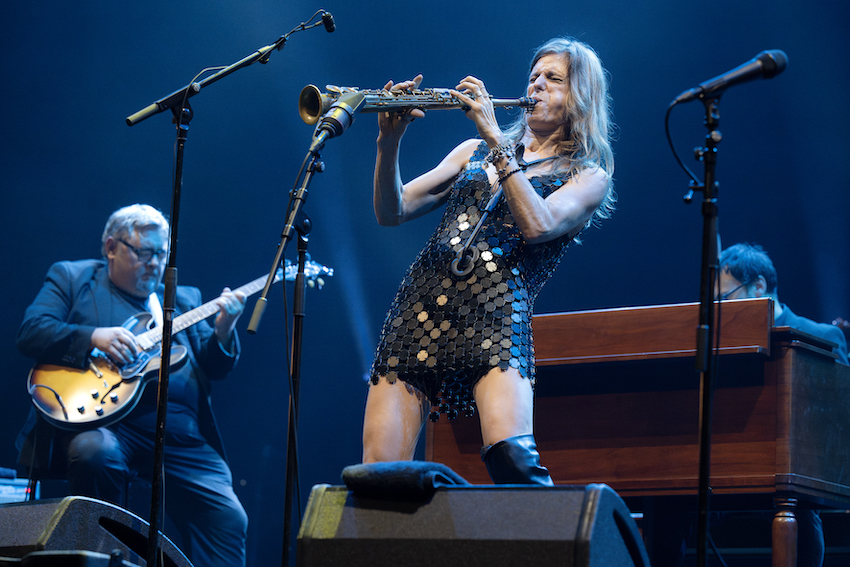
Muriel Grossmann Quartet – Jazz à la Villette – Philharmonie de Paris : Muriel Grossmann (saxophone) et Radomir Milojkovic (guitare)
Kenny Garrett was eagerly awaited after a five-year absence from Jazz à la Villette. He takes to the stage all in white, and his alto immediately stands out from the quintet’s sonorous mass. The overly loud sound spoils the pianist’s solo a little, and although the alto sax fares better, we don’t quite recognize the magnificent sound we’ve come to expect from it. But it’s the bass that suffers most from the muddled sound, especially in solo. As for the singer-percussionist, she’s downright inaudible, while the bass-drums duo evolves in a thick haze of sound. But the large audience, who are quickly invited to clap their hands, still seem to enjoy this disappointing concert, in terms of both music and sound, while the Quénum guy and his colleague from Jazzmag leave without consulting each other after the third tune.

Kenny Garrett “Sounds from the Ancestors” – Jazz à la Villette – Philharmonie de Paris : Kenny Garrett (saxophone) et Jeremiah Edwards (basse)
And yours truly makes his way through nocturnal Paris on his faithful Honda “Swing” scooter to clean his ears at the barge Le Son de la Terre, where Jean-Pierre Como and his half-Ritalian, half-French combo rip their mom hot or coolissimo, in a totally acoustic configuration, before giving kisses and hugs – tender or thunderous and above the belt – to one of their favorite jazz writers.
09/072024
When arrives Brad Mehldau‘s trio, the least we can expect is that he performs with a decent acoustic sound system.
And this was the case in the Grande Salle of the Cité de la Musique. The pianist began with an ostinato in the keyboard’s medium-high range, soon joined by a sparing left hand and double bass, accompanied by discreet drums.
What a delight to hear this fluid, vibrant trio sound, which takes its time to establish an atmosphere of remarkable intimate fullness!
The next track is more playful, with a bouncy melodic line laid out jointly by piano and bass. More lyrical, the theme that follows – “Blue Impulse” – is treated with great classicism, where the melody is brought to the fore with cantabile rigor and legibility to great effect.
Mehldau has clearly given up trying to impress, contenting himself with playing in the great tradition of fine jazz piano. And if he has the technical means to astound his audience, he never uses them for the wrong reasons.
Maturity? Certainly, but also the attitude of an artist who has nothing left to prove, and who draws on a personal repertoire built up over the years, peppered with a few standards. With a new, young and very good bassist, Felix Moselholm, and the drummer of his early days, Jorge Rossy, Mehldau is less adventurous than with his major rhythm section made up of the excellent Larry Grenadier and Jeff Ballard, but here he digs a fertile furrow where he can express what he has become at 54. Mehldau titled a series of CDs “The Art of the Trio” some time ago, and he has continued to cultivate this art alongside solo and other recordings. In the current formula, the triangle is not equilateral, and the pianist is clearly the boss, even if his sidemen are top-notch, including on a standard such as “Impression” (by John Coltrane, treated in 5/4), where the bassist and drummer each took a copious solo.
But Mehldau – who, some time ago, might have seemed morose, nostalgic or even depressed, and happy that Ballard and Grenadier were pushing him towards the pleasure of playing – now radiates a resplendent serenity that’s a pleasure to hear.
Three other standards, a majestically slow “Estate“, a joyously tranquil “From this Moment on” – on which the double bass and drums once again shine – and a similarly quiet “Young and Foolish” confirm this aesthetic of less is more.
And it was with a luminous vision of the piano and the trio that Mehldau gutted out the repertoire for a concert in which he was clearly as happy to meet up with the Parisian audience as they were to listen to one of their favorite pianist.
Atelier du Plateau: Paul Jarret Acoustic Large Ensemble
Total contrast – although the music, as its name suggests, is also acoustic – with guitarist Paul Jarret‘s ACL. That’s her, you might say.
And, indeed it is! From the Celtic-scented introductory violin solo to the ensemble of strings, reeds and mouthpieces, this is European jazz at its best, with a sound and flow that can only be found on the Old Continent.
In fact, “Old” is a misnomer, so innovative is the writing, not to mention the unique instrumentation. The dense, bushy sound swells and decays majestically, revealing the subtleties of each instrument’s timbre, which intertwines or individualizes in a way that is anything but random. For to conduct such a phalanx requires a sharp pen and a great science of sound combinations and dynamics. Sometimes fluid, sometimes thick, the overall sound is magnificent and innovative, drawing cheerfully on minimalist music and the bangs of contemporary repetitive music, even folk and baroque music. No drums here, and no long solos.
Some may ask: “Is this still jazz?
In fact, we couldn’t care less, entranced as we are by this quiet or tempestuous flow and this imposing, ductile mass of sound within which two double basses can converse on a repetitive motif reiterated in the treble and midrange.
The guitar can intone a delicate, popish melody, while the Ensemble, arranged in a circle, provides a beautiful harmonic and melodic counterpoint. Often navigating in the lower reaches of the sound spectrum (2 bass & 2 tubas!), the Ensemble’s sonority grabs you by the guts while frequently challenging your harmonic ear. This kind of basso continuo, inherited from Baroque music, is frighteningly effective and, when used with great finesse, provides a substrate of great beauty for instruments in the high and mid-range (viola, harp). Such use of voice-leading is absolutely astounding, and contributes amply to the bewitching charm of a music that we hope to hear often on French and European stages.
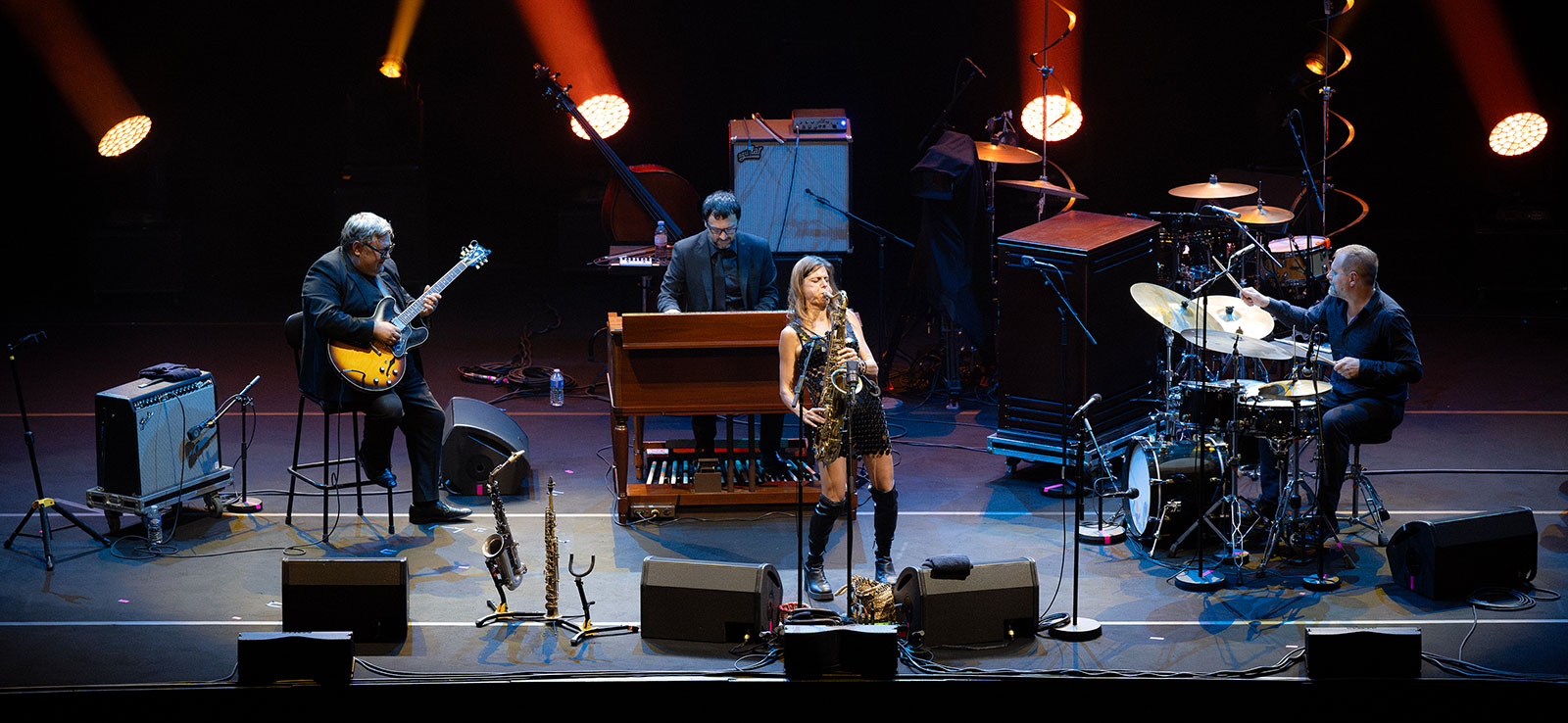


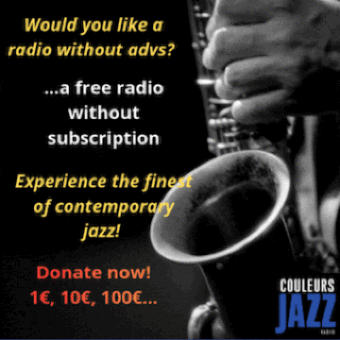
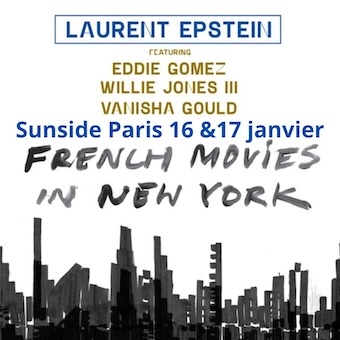
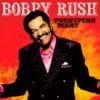
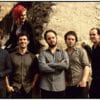
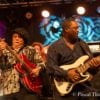
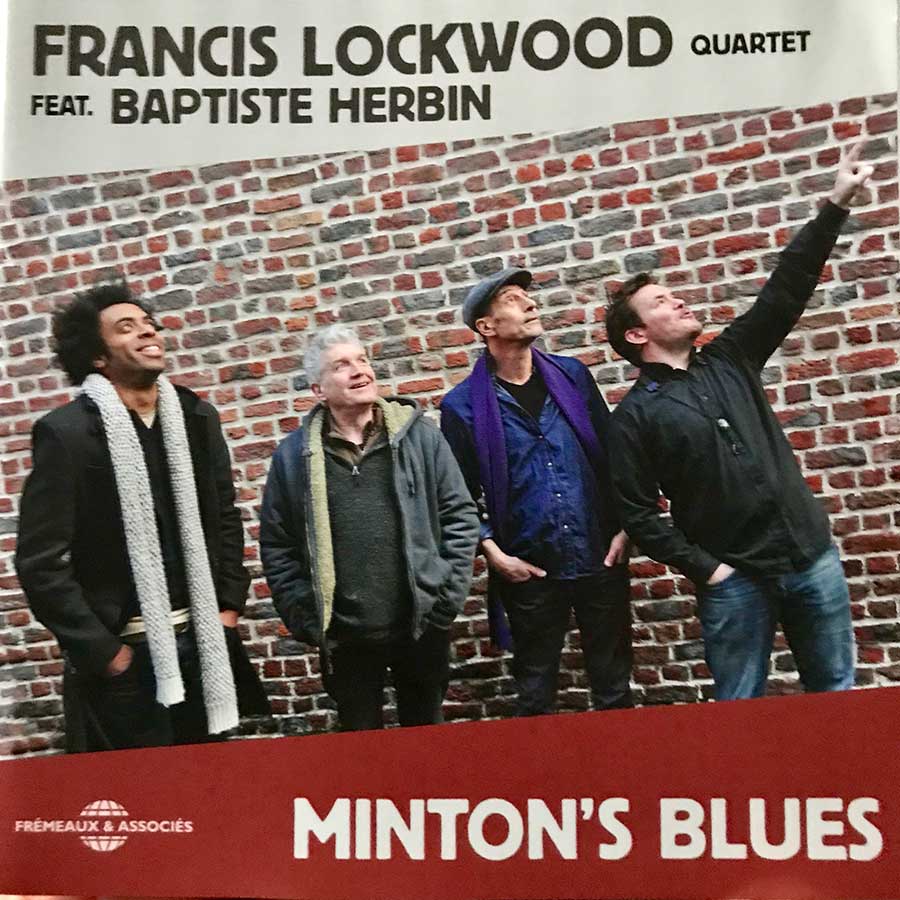

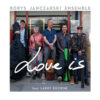


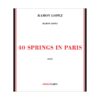

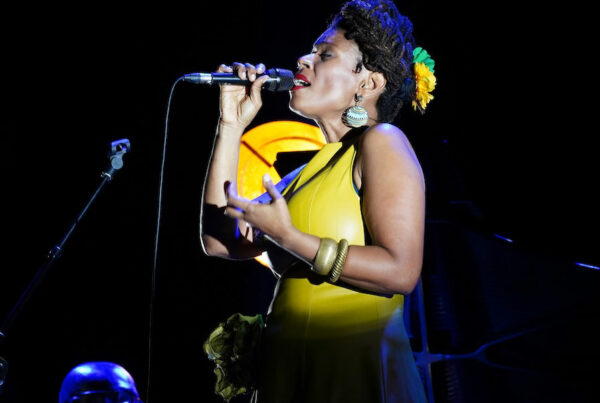
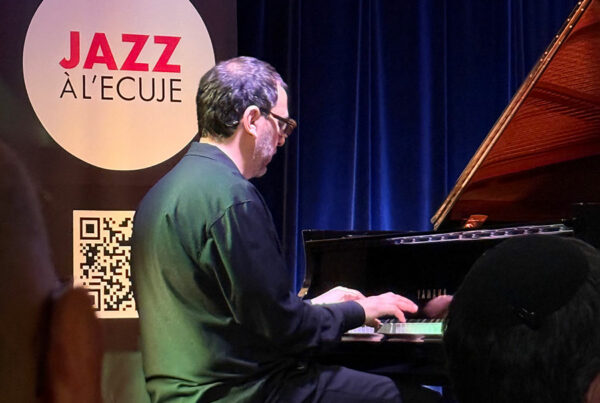
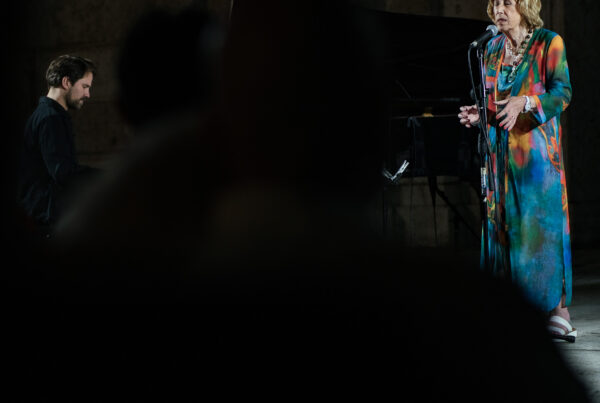


RECENT COMMENTS